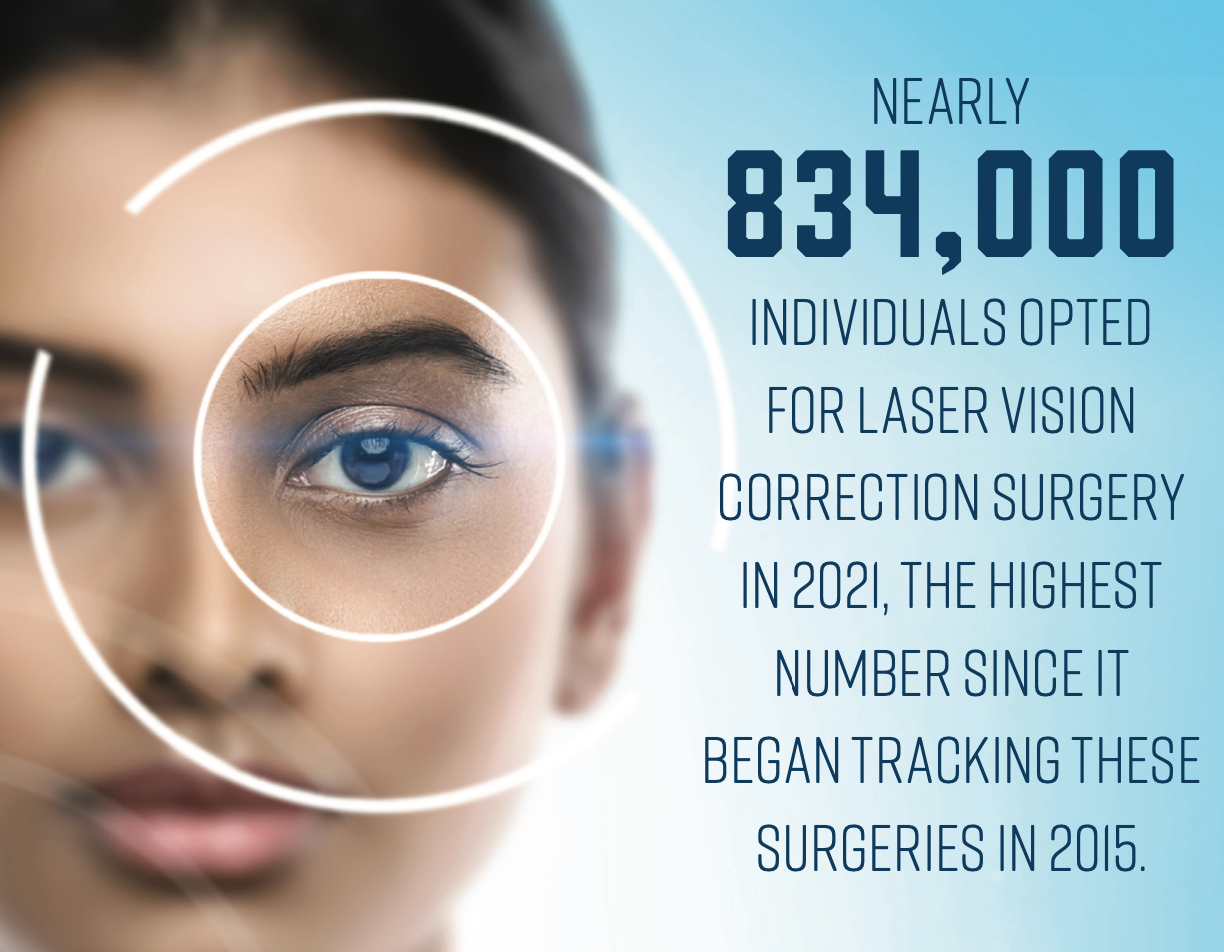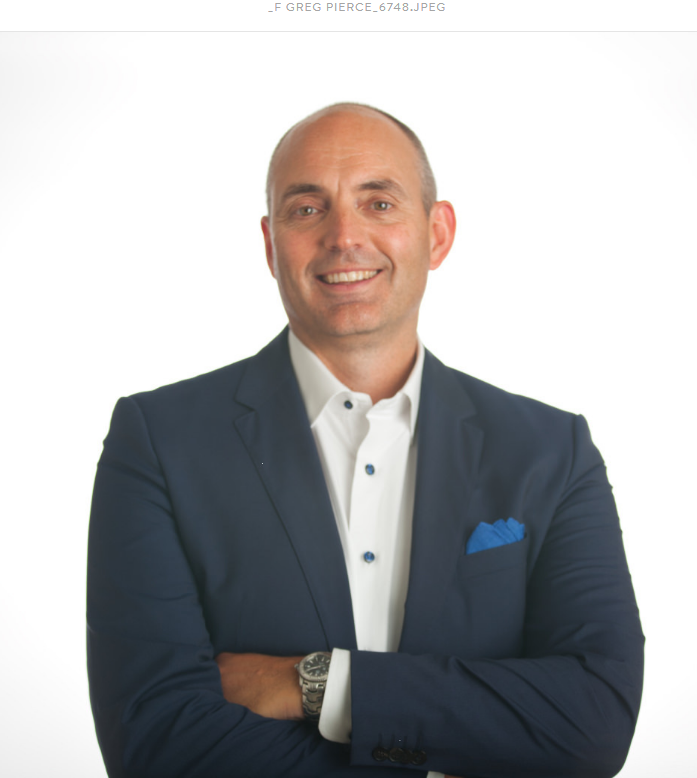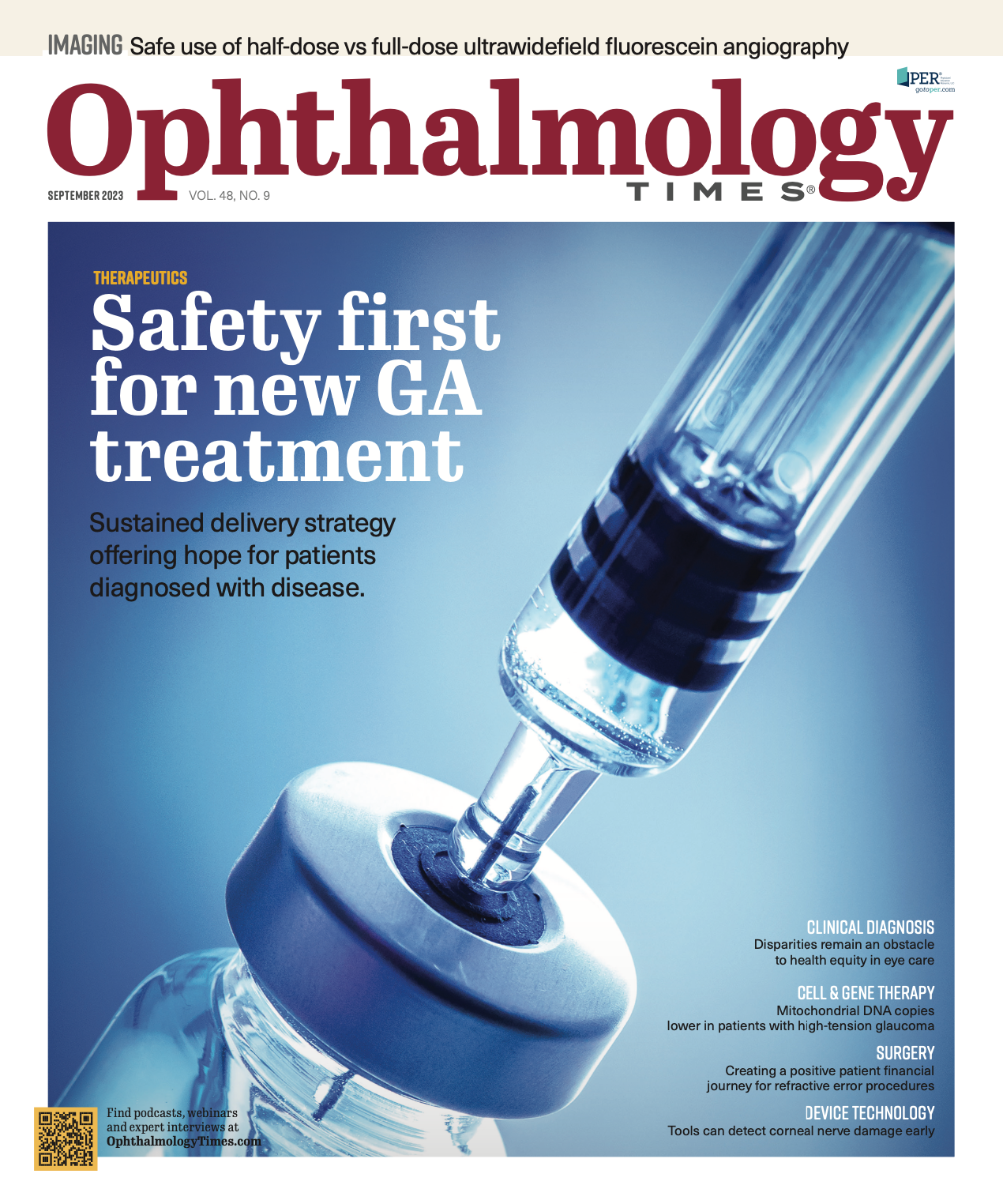Publication
Article
Digital Edition
Creating a positive patient financial journey for refractive error procedures
Author(s):
Clear communication, transparent priceing, options are key to positive experience
(Image Credit: AdobeStock/Andy Dean)

Refractive error procedures such as laser-assisted in situ keratomileusis (LASIK) can be a crucial part of ophthalmologists’ practices. Demand is growing; the American Refractive Surgery Council estimated nearly 834,000 individuals opted for laser vision correction surgery in 2021, the highest number since it began tracking these surgeries in 2015. LASIK can often be an entry point into vision care for patients, and a good experience can lead to a lasting patient and ophthalmologist relationship.
The decision to undergo LASIK is not one that patients make on a whim. Many consider their options for months prior to scheduling a consultation, and the average patient can take up to 49 days before deciding to undergo any kind of vision procedure or treatment.1 A combination of fear of the procedure itself and concerns about cost can be barriers to treatment for many patients. For some, it’s enough to forego a procedure that would greatly improve their quality of life.
The idea of undergoing a surgical procedure for something as sensitive as the eyes can be daunting. Ophthalmologists can alleviate concerns from the beginning by setting the right expectations: walking through what the procedure will entail, the length of time required, what to expect from preoperation to postoperation, etc. Taking the same communicative, high-touch approach can alleviate cost concerns as well.
The other significant factor that can lead to hesitation or even avoidance of necessary refractive error procedures is cost. The average cost for LASIK is, on average, more than $2000 per eye, making the total cost more than double what most Americans assume they’ll spend on health care in a given year, according to findings from a study by Synchrony. With health care costs rising, findings from Synchrony’s Lifetime of Healthcare Costs study found that more than 25% of Americans have said they delayed a recommended procedure because of cost, with 20% ignoring the recommended care completely. Patients may worry about the up-front cost and potential ongoing costs of follow-up care and maintenance beyond the initial procedure itself.
This makes it especially important for ophthalmologists to have clear conversations about cost throughout the care journey. There are a few significant moments where ophthalmologists can discuss these details with patients: the initial consultation, after the procedure has been scheduled, and after the procedure is complete.

The initial consultation is an ideal opportunity for the ophthalmology teams to set clear expectations with the patient and provide them with resources for financial planning. It’s essential for ophthalmologists to understand the concerns of their patients and address them proactively by acting as both specialists and communicators. By providing clear information about what to expect from a procedure, the costs involved, and potential payment options, ophthalmologists can alleviate concerns and help patients feel more comfortable making the best possible decision for both their wallet and their health.
Once the patient decides to move forward with the procedure and opts to schedule a date for the surgery, it can be helpful to provide an estimate of any costs associated with follow-up care and maintenance. Many patients may not be aware of the resources available to them when it comes to managing the costs of their procedure. Patient education about payments; a tax-free health savings account or flexible spending account; or third-party financing options such as Synchrony’s CareCredit health care credit card, which may include promotional financing options, can make procedures more accessible and lessen the up-front and postoperative financial burden on patients while ensuring the practice receives payment up front and in full.
Providers can also offer a patient portal where patients can access information about their procedure, including pricing information, financing options, and insurance coverage. They can also use the portal to send automated reminders about upcoming appointments and any out-of-pocket expenses the patient may incur after heading home.
By providing clear communication, transparent pricing structures, financing options, and thorough preoperative and postoperative instructions, ophthalmologists can create a good financial entrance experience for patients undergoing LASIK and improve their consideration of other services offered by the practice. This can also lead to referrals from the patient’s family members and friends who may have been considering LASIK but are holding back out of fear of cost.
As patients shoulder more of the financial responsibility associated with their health care, it will become increasingly vital for providers to help their patients feel empowered and prepared to manage their vision care needs and achieve the best possible health care outcomes. Providers can help their patients along this journey from the beginning as communication experts dedicated to creating a positive financial experience for the individuals who trust them with their vision care needs.
Greg Pierce

E: greg.pierce@syf.com
Pierce is a general manager of health and wellness at Synchrony.
References
1. Chadwick Martin Bailey. CareCredit path to care, optical purchase findings. CareCredit. October 2022. http://www.carecredit.com

Newsletter
Don’t miss out—get Ophthalmology Times updates on the latest clinical advancements and expert interviews, straight to your inbox.




